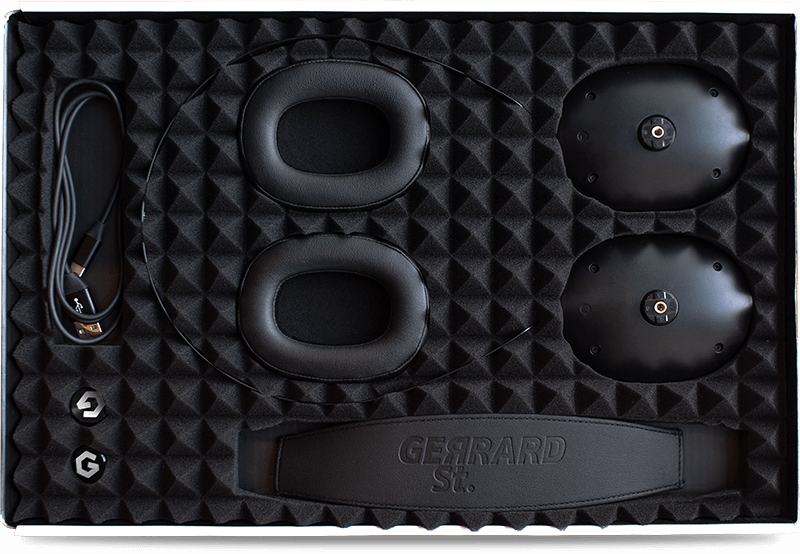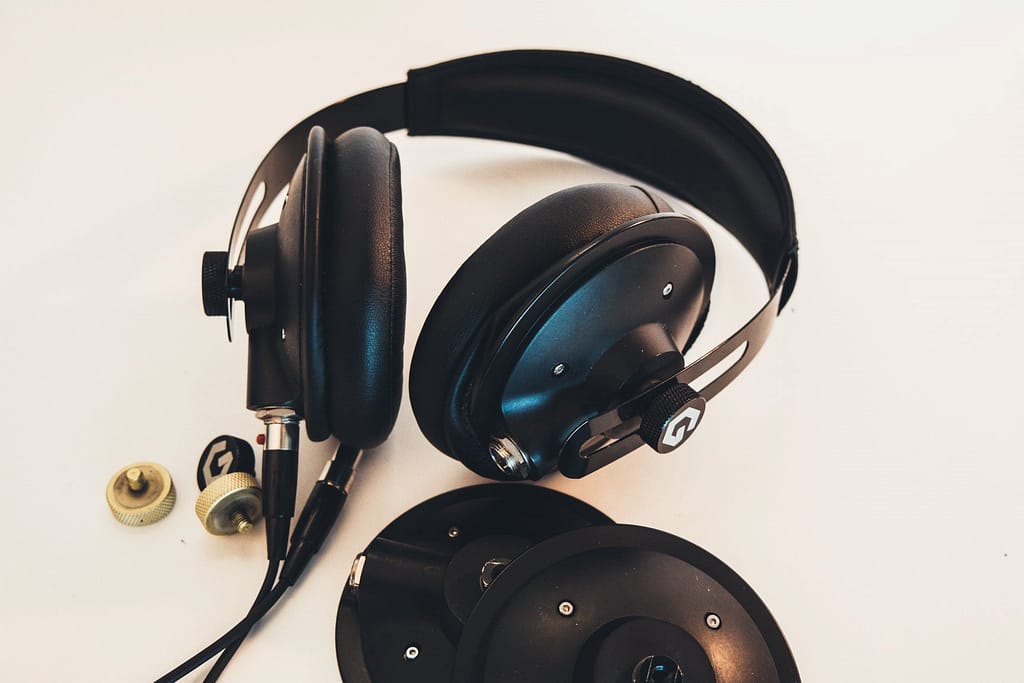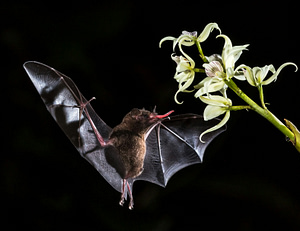The World Economic Forum estimates that the world generated 50 million tonnes of e-waste in 2018, a figure projected to more than double by 2050 if nothing is done. So are there circular economy solutions for e-waste that can cure our addiction to disposable consumer electronics?
One circular economy solution is to develop product-as-a-service models like that adopted by Dutch headphones startup Gerrard Street. Instead of selling customers headphones which are thrown out as soon as they break, adding to our e-waste problem, Gerrard Street leases the headphones as a service. Customers pay a monthly fee, and in return have access to modular headphones that use no glue and are easy to disassemble. If something in the headphones breaks, customers send the part back at no extra cost and are given a replacement, while Gerrard Street refurbishes it for use in another pair. Customers can upgrade to new models when they want, or return the product whenever they like, with parts reused rather than thrown away. We talk with co-founder Dorus Galama (pictured above, to the left of fellow co-founder Tom Leenders) about the challenges and advantages of circular economy solutions for e-waste.
Metabolic: How did Gerrard Street come about?
Dorus Galama: It all started about five years ago when Tom Leenders and I were working on a grad project while studying industrial design at TU Delft. It was there that I first learned about the circular economy. It was an intriguing concept to me, combining sustainability with an integrated business model. We were looking to launch a startup, but we didn’t know what. So I sat down with Tom and talked about what we could do with the circular economy. We’d heard a lot of talk about it and read a lot of research, but we didn’t see many examples of people putting it into practice in real life, especially in consumer electronics.
We thought this was the perfect case study for it: a lot of components, scarce materials, and if one part fails, typically people throw out the entire product. The first thing that came to mind was headphones. We are music lovers ourselves, and we threw away a lot of headphones. So we looked into it and found out headphones were a good product to start with, the market is growing rapidly, there are a lot of simple electronics, so it is easier than making circular smartphones and laptops. That’s how it came to be.

M: What was the most challenging part of taking such a different approach?
DG: Making a product 100% circular is very difficult. But in terms of the first steps of modular design, creating a simple supply chain with everything shipped in envelopes, and retrieving old parts from customers, all that is not the hardest part.
What was difficult, however, was getting customers. We had to convince people to pay per month for a product that they are used to buying, and we still see that as the main challenge today. That’s actually harder than reusing all the components. The main challenge is to convince customers that this is better for them. Leasing leaves a bad taste with many people. They think they are not getting the best value, and suspect that this is a way for companies to just get more money from them. There were not many examples when we started, but now that others are having success with this model, like Swapfiets with bicycles, people are getting used to the idea.
M: How did you convince people to try a product-as-a-service approach out before it became popular?
DG: What we did is we bought a caravan and installed our prototypes, before we even had a production line, and toured around the country to festivals. We staged a silent disco to market our research and development, and listened to the feedback from people. The main barrier we found was asking for a minimum of a one year commitment from customers, that was huge for them. Once we dropped that and allowed people to try it out for one month, that made it a lot easier. Now we go even further, putting out the offer of the first month for free.
On the website, we explain why the service exists. It is a combination of explaining the sustainability aspect and why this approach works for the customer. We find the sustainability doesn’t convince a lot of people to buy on its own. Most are actually convinced by the flexibility this approach offers: you can switch models to an upgraded model if anything breaks, or they can order in new parts at no cost.
In direct sales, sustainability doesn’t work too much. But when we ask the people who become paying customers what they like about it afterwards and what they tell their peers, sustainability is a big thing. It is not necessarily the reason to buy, but something people like to associate themselves with the brand about. It’s a better story.
Especially in the beginning, we found sustainability enthusiasts subscribed to support us, but didn’t stay with it and use the headphones because they weren’t necessarily music lovers, so they eventually cancel because it was just to support us. You can’t build a business off that.

M: You mentioned headphones are a particularly good fit for this approach. What other consumer electronics products do you see working as a service?
DG: It doesn’t have to be very expensive, but you can’t run this model currently with a very cheap product. Our initial idea was low-cost 60-70 euro headphones, but at that price point people would rather buy. So more expensive is better. You also need a product that goes through a lot of changes. Either it is vulnerable to breaking or it is upgraded really fast, like laptops, or smartphones, e-bikes, all kinds of products. Most electronics are suitable provided you can do this. The problem is, most options currently out there are not built to be serviced and upgraded, but there is a good potential market for it.
M: You said getting to 100% circular is a tough challenge. What do you want to do next to further improve the sustainability of your product?
DG: I personally think you need volume and scale to have a circular business model. We reuse what we can reuse, but one step further would be dealing with say, the broken cables that can’t be reused. To recycle those is impossible as we don’t have the volume yet. We need to focus on scaling up before making the product more circular. The ear pads are very durable, but it is interesting to see if we can use other material that is more recyclable.
We need a lot of grassroots movements, a lot of research about potential, but we know far too little about what actually happens when you try it out in the real world. Things are a lot better than five years ago, but there are still only a handful of companies doing this kind of thing. I’m a big believer in more experimentation and even failure. We’re looking to see what happens when we launch a circular product, and how far we can push it. There’s probably material we have to throw away, but that’s fine – we learn from that. There’s also a role for government to back small experiments and startups.
M: You’re looking to give advice to other startups and companies looking at developing their own products. Tell us about that.
DG: We’ve been doing this for five years and learned an awful lot. We have tested this out in real life, found out what works, what doesn’t, and this is something we can help other businesses with as well. It doesn’t have to be in terms of circularity, but getting products off the ground, design and testing to see if there’s potential.
For sustainability projects especially, people focus far too much on the product itself and making it sustainable. People in sustainability are always asking about how we make the headphones sustainable. But there should also be focus on if there is enough demand, and how to get people to buy into this new service model and product. This was one of the main problems we encountered, as did other startups that aren’t around anymore.






